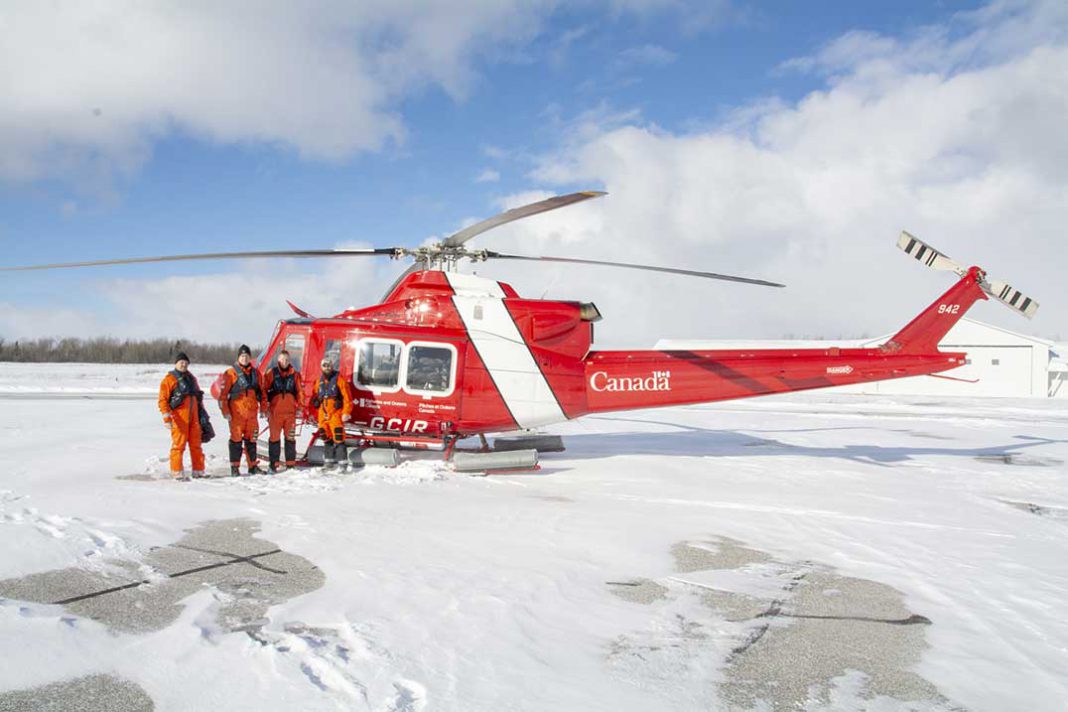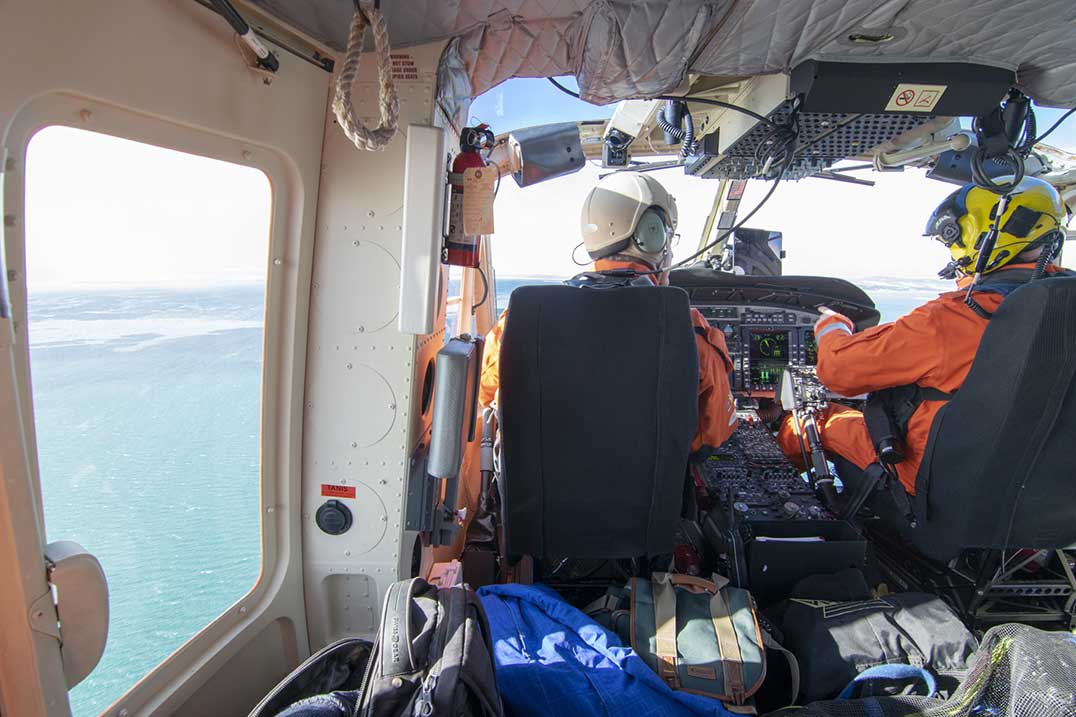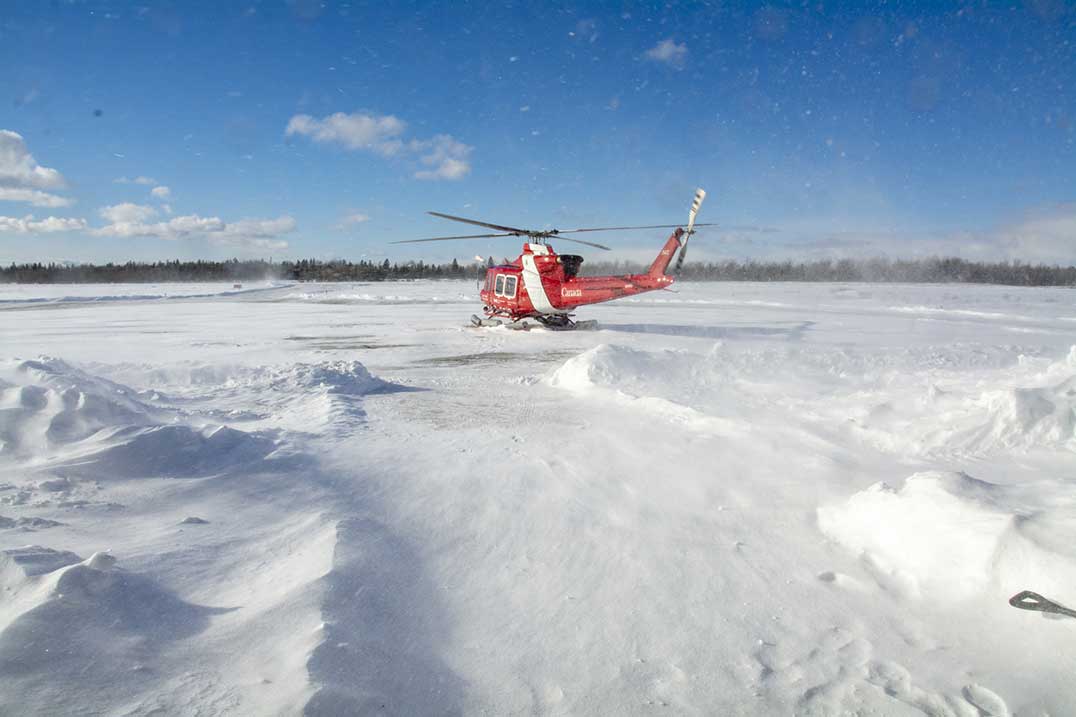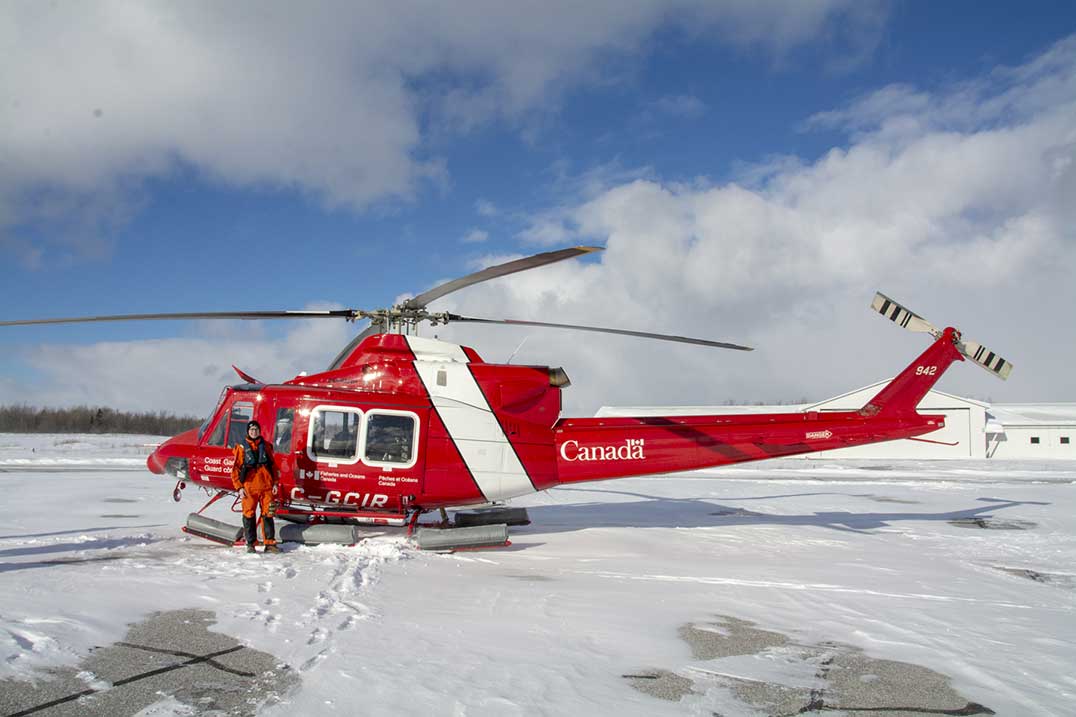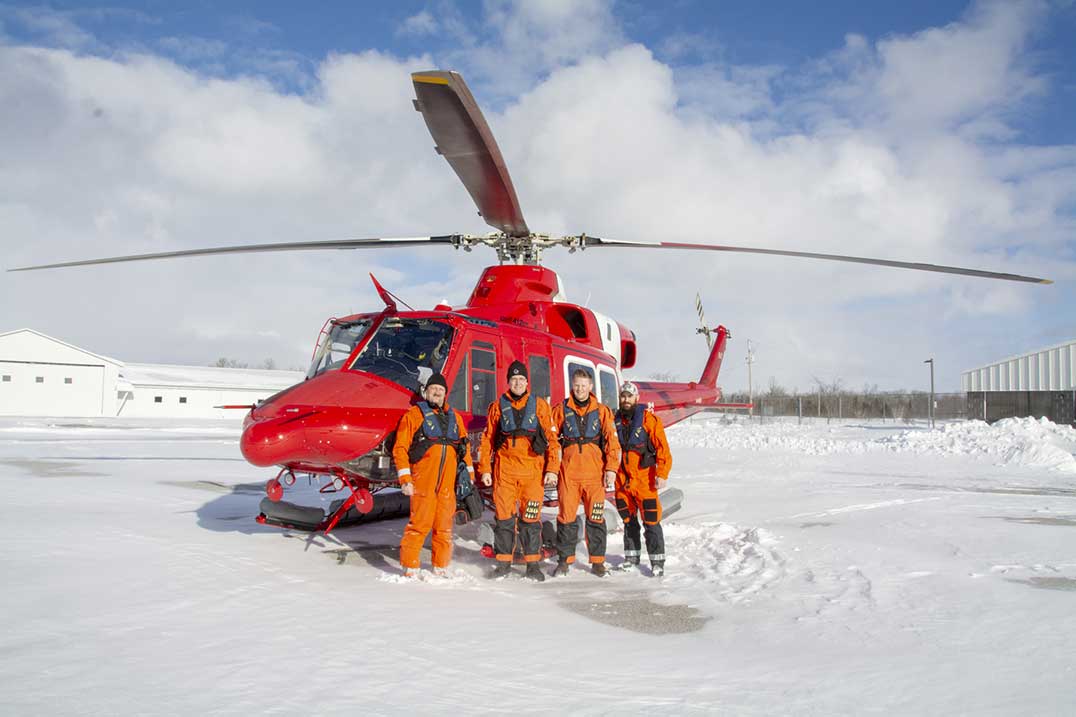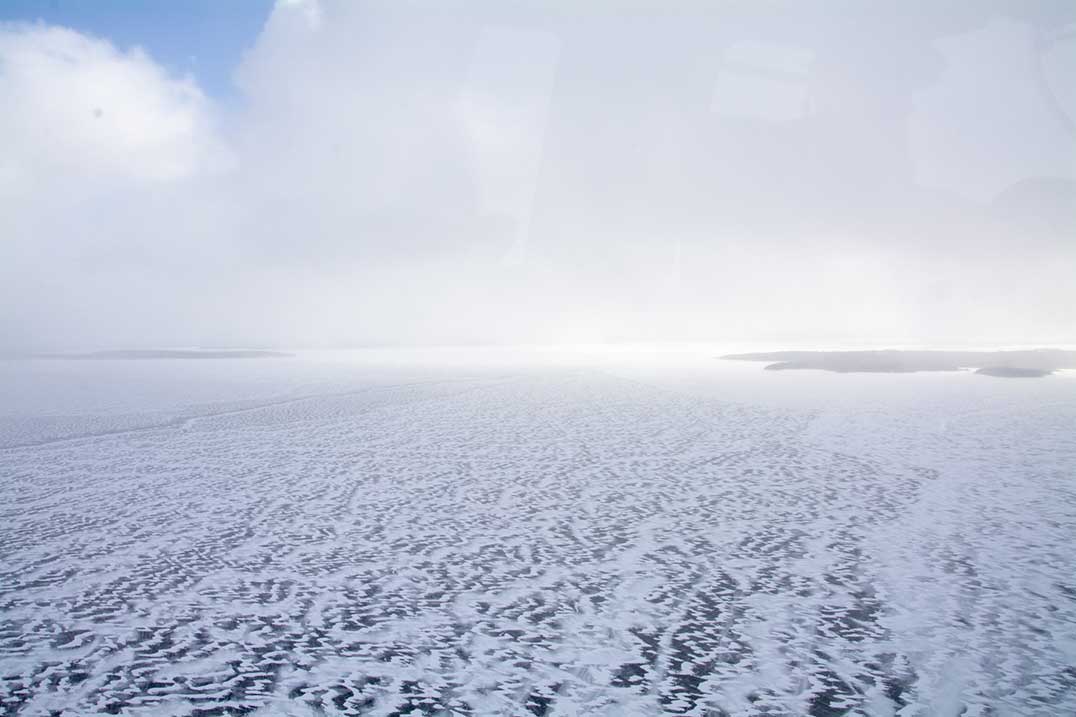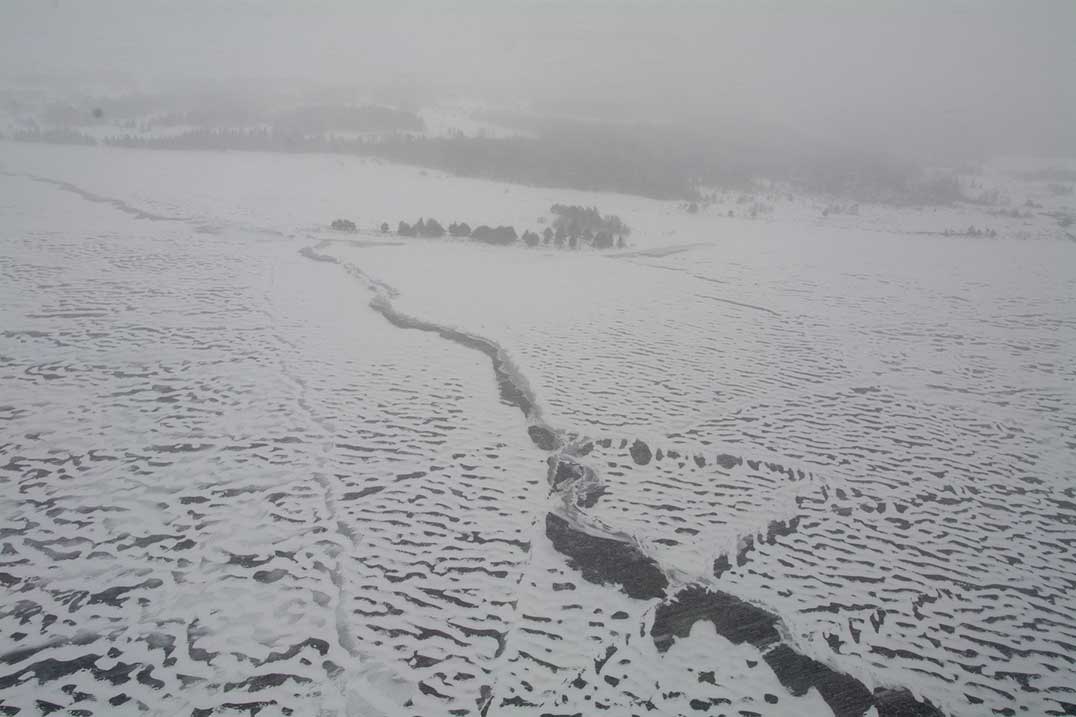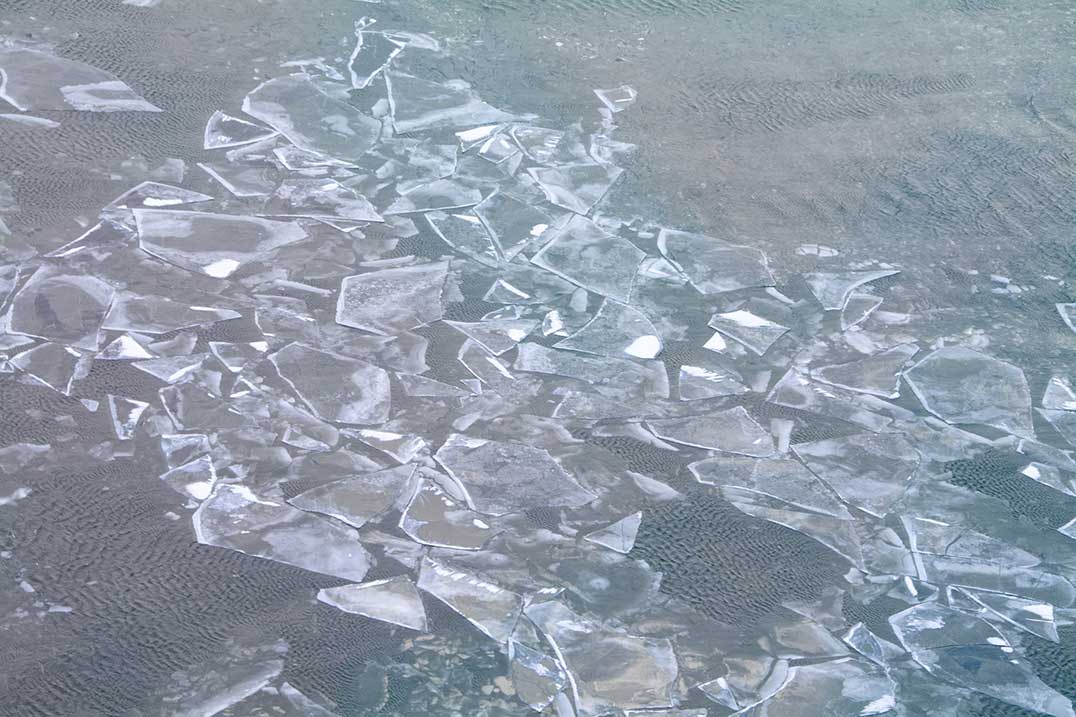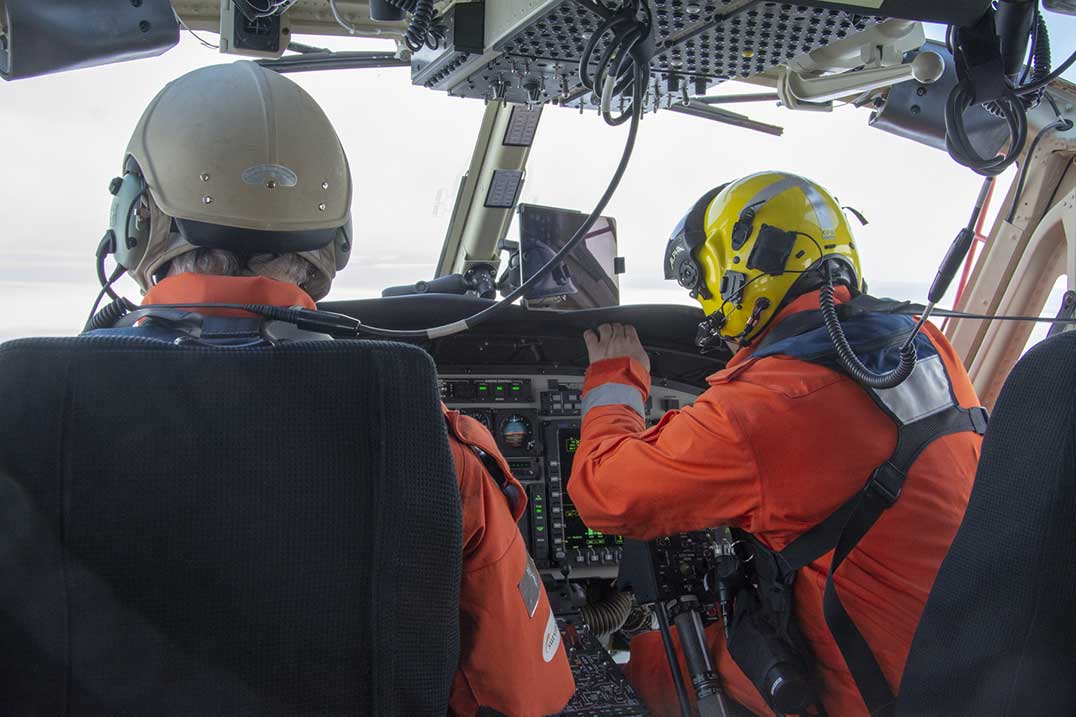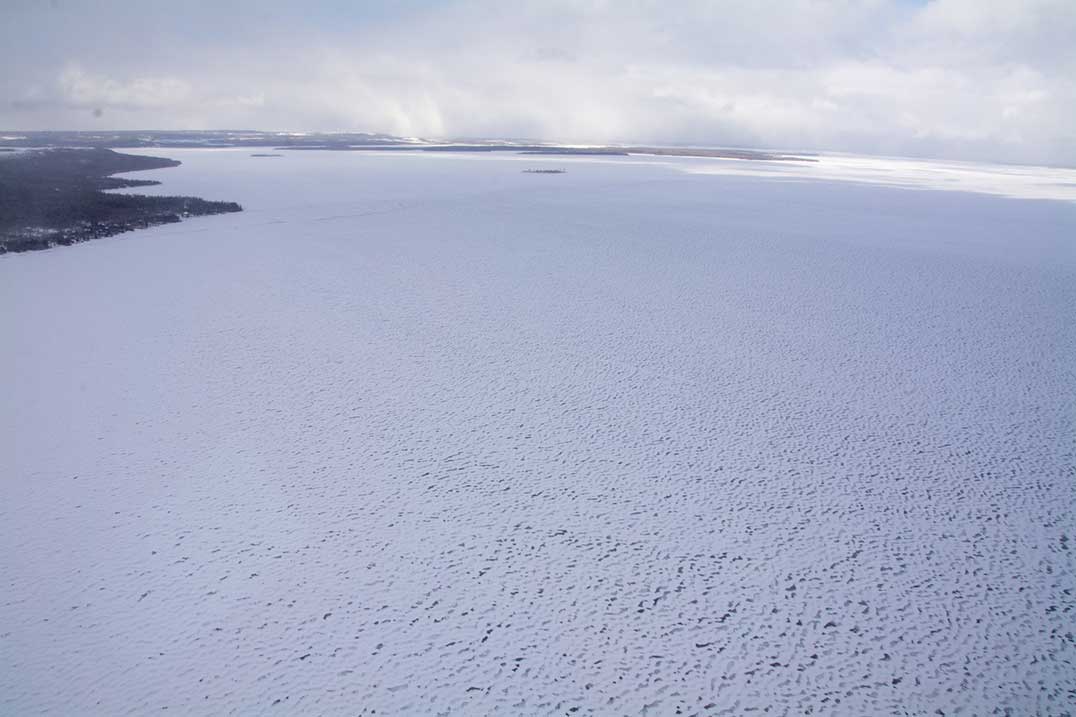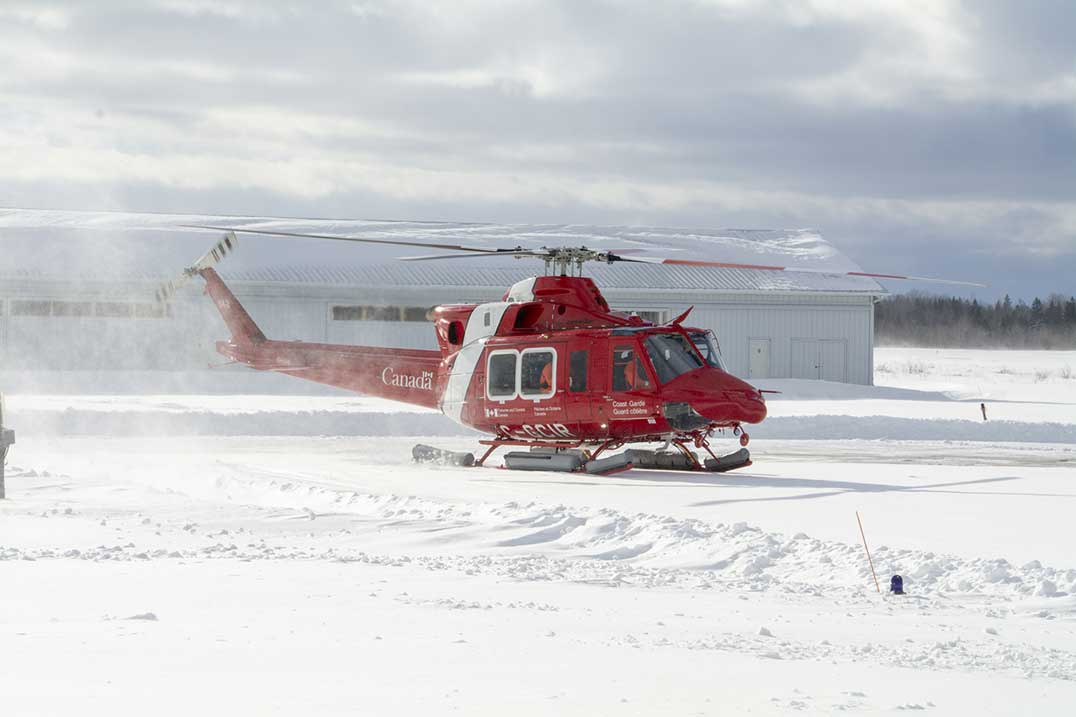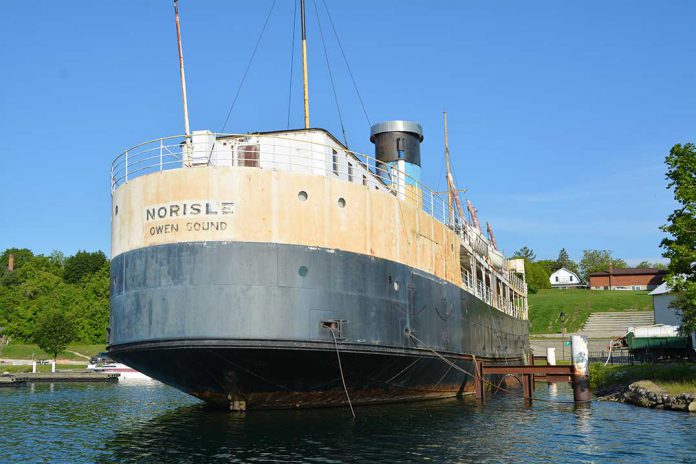FRAZER BAY—Clearing ice to keep major shipping routes open throughout the winter is an important and challenging task even in the best of conditions, but the Canadian Coast Guard is prepared. It has a variety of tools available to get the job done and safely and efficiently, including support from one unlikely area—the sky.
“We will go out and scout ahead of time and try to take some reconnaissance photos and that stuff of the area prior to the icebreakers arriving, to help them to be able to start their planning as to how they want to attack the opening and what routing is going to be the best for them,” says helicopter pilot Roger Coe.
Mr. Coe has worked for Transport Canada and the Canadian Coast Guard for over a decade but he has been flying helicopters with other organizations for nearly 35 years. Every winter, he takes part in ice flights to help icebreaker crews plan their operations.
“Every season is a little bit different. Some are a little bit busier than others but generally we always pick up a little bit every season,” Mr. Coe says. “Anywhere along the North Channel down through to the St. Clair and Detroit Rivers are usually our busier areas.”
Mr. Coe says this year has had a slower start in terms of icebreaking needs because of the milder temperatures in December. However, he says the number of assignments is now growing.
“We will probably be busy here now for the latter part of January through probably the mid part of February for sure, just judging by the forecast temperatures,” says Mr. Coe.
Ice flights form a large portion of the Coast Guard’s air-based activities during the winter when maintenance on navigational aids is reduced. It also affords the time to focus on the activities needed to keep the operations continuing through the rest of the year.
“At this time of the year, we generally redo all our recurring training and everything we have to do with the aircraft. Then, icing becomes our main priority through this period.”
Ice flight teams normally consist of between two and three crewmembers, with the crucial people being the pilot and the “ice pic,” or ice observer, whose job it is to map out the ice.
“They’re trained in the density, being able to figure out what they feel is there; they look for ridging and stuff like that—just any information that will help the icebreakers themselves,” says Mr. Coe.
Those observations are noted and sent out to the regional operations centre in Montreal, where professional ice service specialists make up maps and reports on ice conditions. These are forwarded onto the icebreaker crews and the shipping company receiving the escort. They also provide information to the public if they receive inquiries about the current ice conditions.
John Cork is the ice observer for a Manitoulin-area ice flight in mid-January. He is the former commanding officer of CCGS Samuel Risley—an icebreaker that works in the central Great Lakes alongside CCGS Griffon—and is now the senior advisor to the regional director of the fleet for the Canadian Coast Guard’s Central and Arctic regions.
After completing three years of officer training school, Mr. Cork’s first assignment was on an icebreaker around Newfoundland in 1987.
“I started icebreaking on the Great Lakes in 1993 and I’ve been involved pretty much every winter since then in icebreaking on the Great Lakes in various positions and capacities,” he says.
There are a lot of things that ice observers must watch for while in the air.
“We’re looking for the concentrations of ice, where the ice is, how much ice there is, the rough thickness and areas that might give ships problems like ridges, rafting and areas where the ice might be under pressure,” says Mr. Cork.
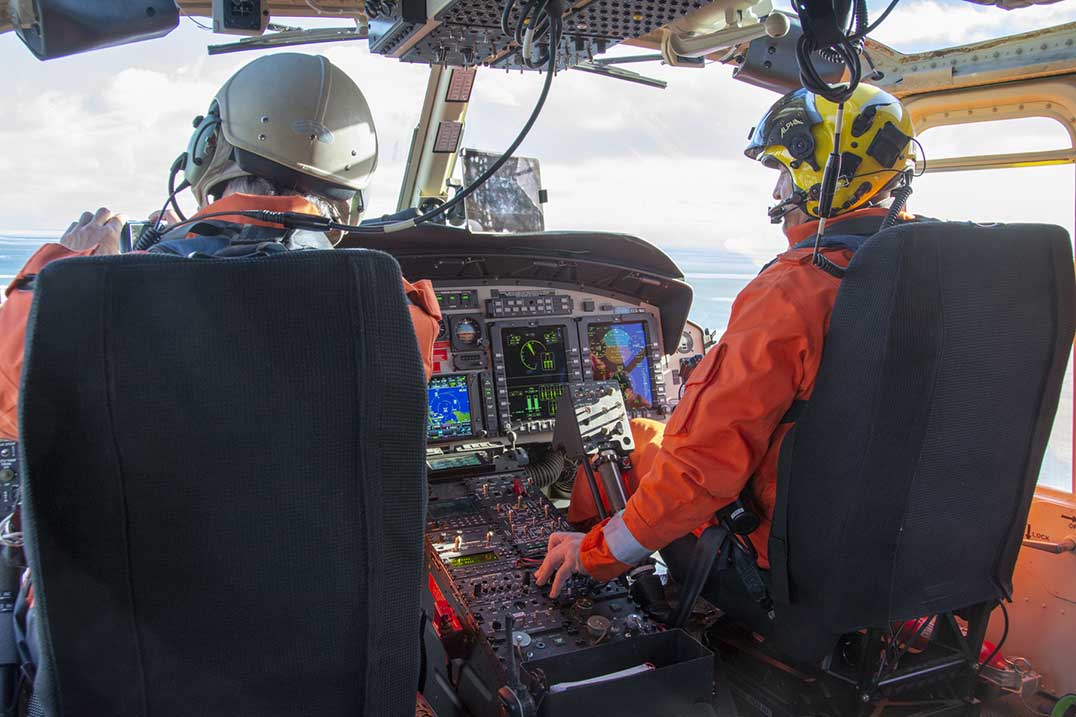
Most of the time, the Coast Guard’s ice service specialists are on ice flights to observe the conditions from above. None was available on the day of this trip so Mr. Cork had been given the honours. He says that although many aspects of ice observations can be taught, most of his training has been gleaned through years of experience.
“Navigation in northern Georgian Bay and the North Channel can be tricky because of all the islands and the shoals, so you have to be pretty careful. And then the ice, especially in the North Channel because it’s sheltered, there’s a lot of fast ice (ice that is attached to land and stretches from shore to shore) and it can become fairly heavy,” says Mr. Cork.
One factor Mr. Coe says can be a concern on ice flights is maintaining visibility on a cold day.
“Whenever you’re down to about minus 20°C or minus 30°C or lower, you get what they call sea smoke. It’s just about being able to try and get in underneath and trying to maintain your visibility, plus being able to see the ice at the same time so the observers can get their job done and get out of there.”
Being stuck with no visibility can lead to what Mr. Coe describes as a “whiteout,” or more practically, a loss of situational awareness.
“It’s like being inside of a golf ball. So, whenever you’re down low you’re trying to maintain that visual reference to the ground, but it can easily be lost whenever you end up around the sea smoke. It can also happen in a snowstorm or with streamers coming off the bay,” says Mr. Coe.
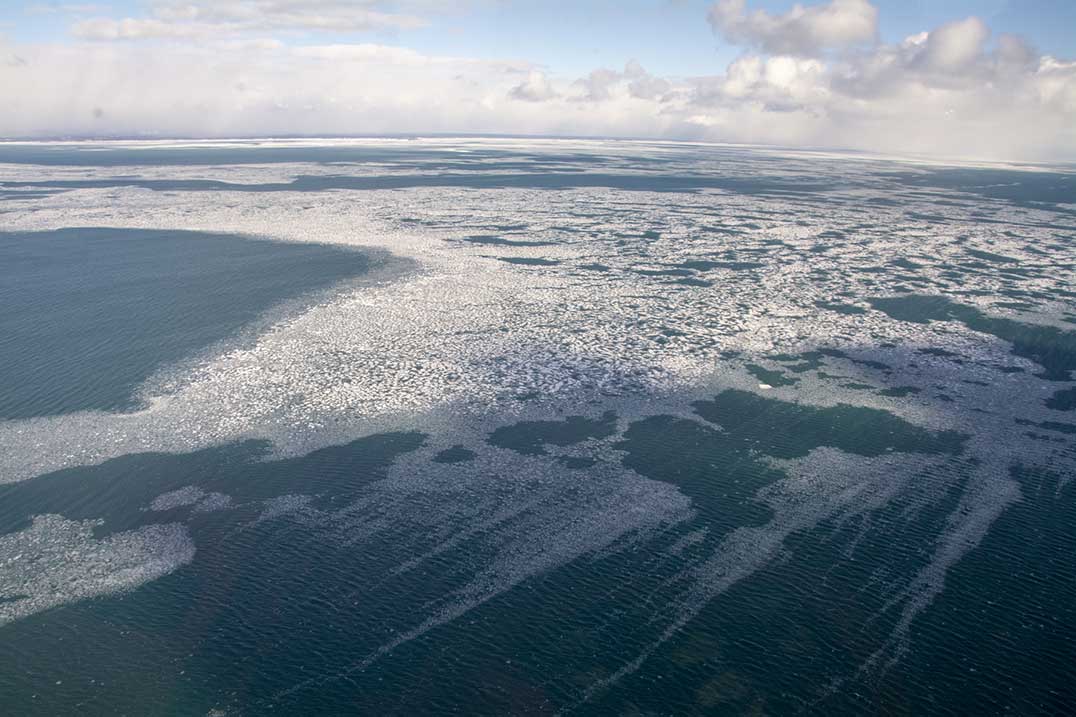
However, the Coast Guard has a new advantage over those harrowing conditions—a brand new helicopter fleet. Over the past few years it has acquired 15 new Bell 429s and seven Bell 412epi helicopters for light- and medium-lift requirements respectively. The aircraft on today’s mission is one of the heavier models with ample seating for seven crewmembers (or, alternatively, six crew and one reporter).
The new aircraft are fully capable of flying on instruments alone and have advanced autopilot systems. They also operate on a twin-engine setup, meaning if one engine fails the remaining engine would have enough power to ease the helicopter down to a safe landing site.
“Safety wise, they’re phenomenal. Even the way the float systems are set up on the aircraft with the life rafts, everything is now external whereas before, the life rafts were internal. There’s just a whole pile of safety enhancements on these aircraft. It’s a long-needed purchase,” Mr. Coe says.
Even from high up above the ice around Manitoulin, both Mr. Coe and Mr. Cork stress the importance of being mindful of icebreaking operations and exercising extreme caution.
“Whenever the ships go through and are busting it open, those cracks can extend out quite apiece. They do create a very unsafe environment for the people on snowmobiles,” he says. “For a few days after the fact, the ice can shift and end up on top of each other so with pressure cracks, you can have a four-foot wall appear in front of you fairly quickly.”
“Our usual caveat is don’t go near the track until it’s had enough chance to refreeze, and however long that is depends on the weather,” Mr. Cork says.
Whenever icebreaking activity takes place around Manitoulin, as it did in mid-January at Fisher Harbour, the Coast Guard will contact snowmobile clubs and local media outlets such as this newspaper to inform citizens about the risks on the water. Anyone who is planning to be on the ice is advised to check and understand the conditions before starting out.

